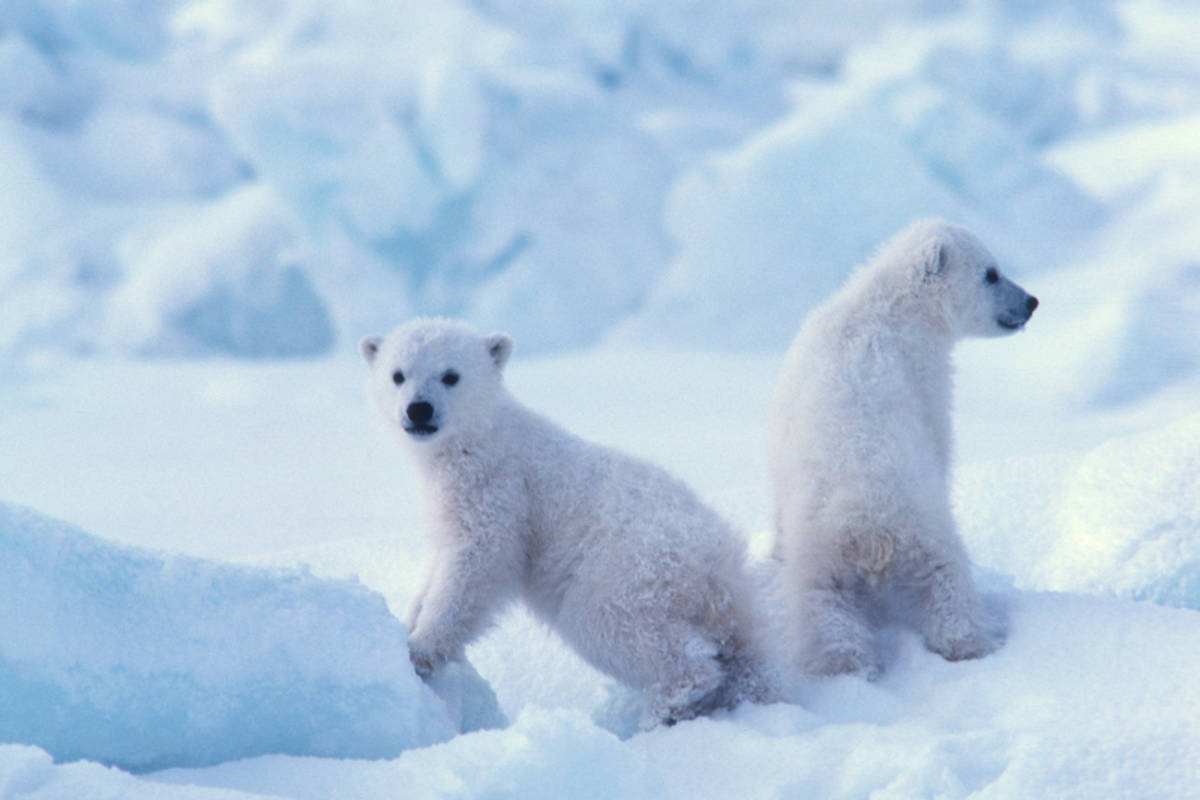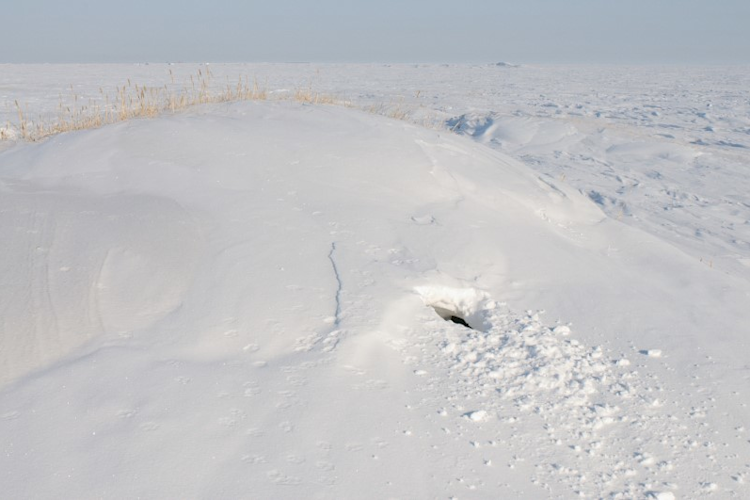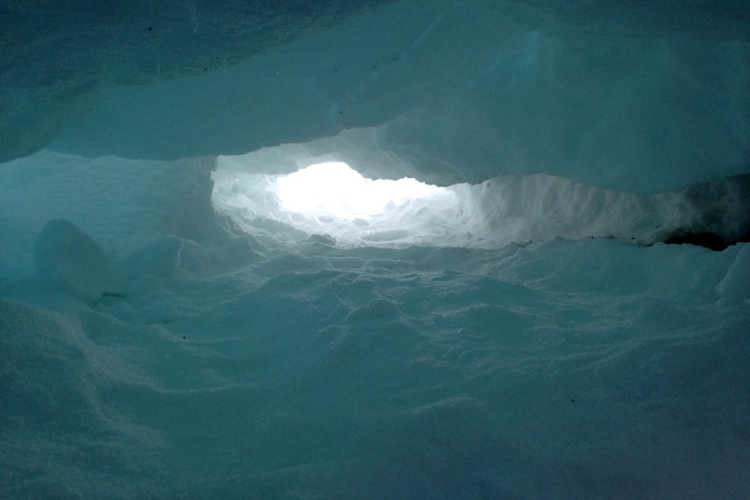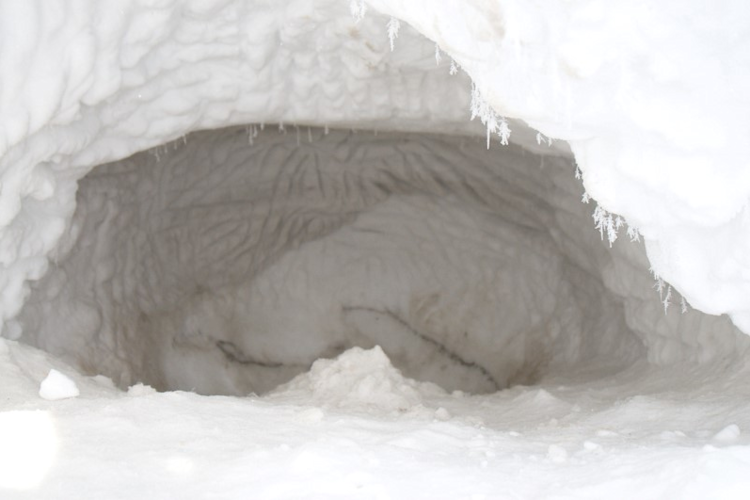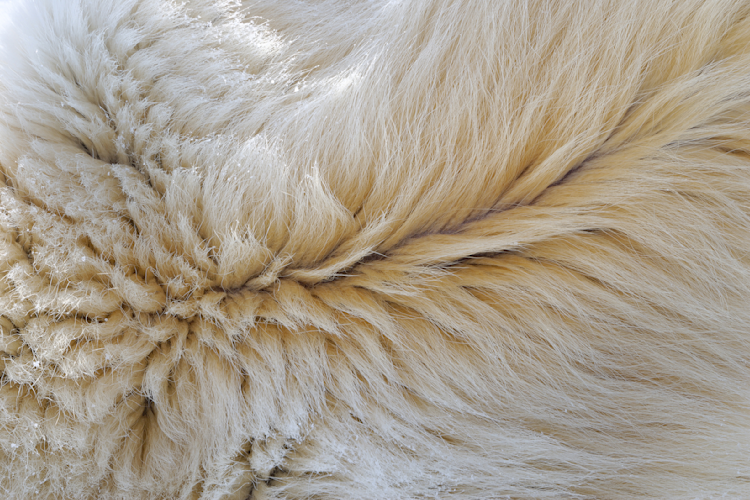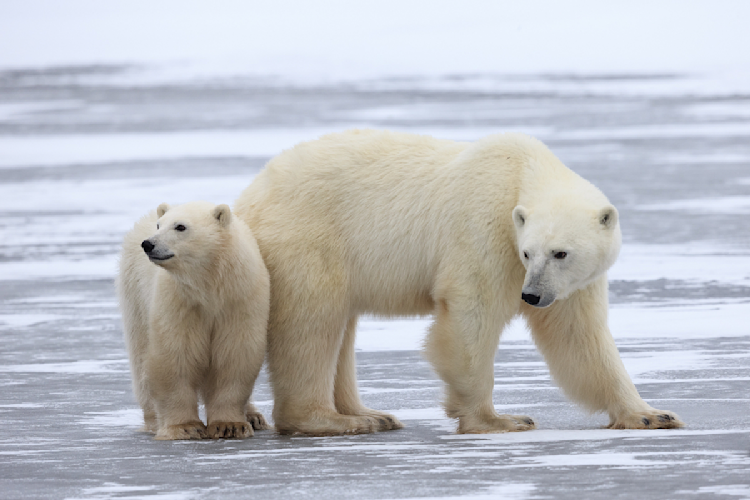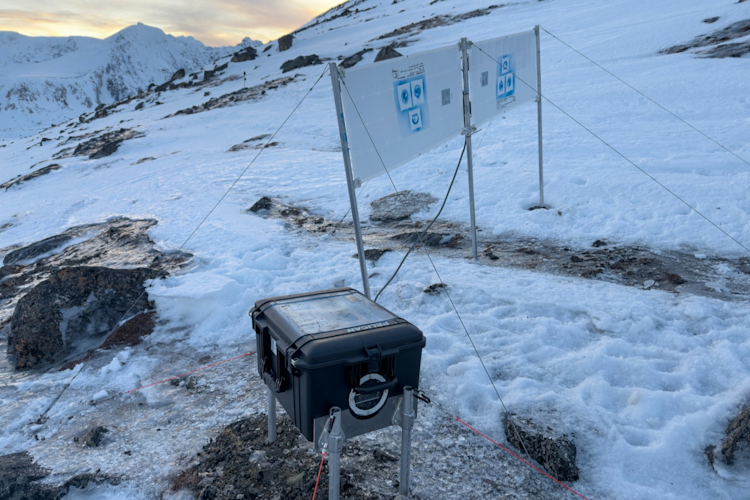The denning period is the most vulnerable period in the polar bear’s life cycle, with survival rates of just 50 percent or less for many cubs. Born with only light fur and weighing roughly 1 to 1.5 pounds, young cubs rely on their moms and the safety of snow dens until they are big enough to emerge in spring.
Polar bears have always had a low reproductive rate, one that is very low compared with many other large mammals. For that reason, protecting polar bear denning areas has always been important to their survival—and is more critical than ever due to the threats the bears face in a warming Arctic.
Scientists with Polar Bears International (PBI) have a long history of studying polar bear dens in Alaska and Svalbard, adding to our understanding of this critical time period for moms and cubs. We checked in with the den study crew from PBI and with partners to learn more about this work and how the knowledge gained can help protect denning polar bear families.
Q: When did you begin studying polar bear dens?
A: Dr. Steven Amstrup, PBI's Chief Scientist: I first began studying polar bear dens in 2000, while serving as Polar Bear Project Leader for the U.S. Geological Survey. At the time, oil and gas companies were ramping up oil extraction, building ice roads to new areas, and bringing in workers—yet no one knew how that might affect polar bears and newborn cubs. Working with Geoff York of PBI, who was then also working for the USGS, we designed a study that would help us better understand polar bear denning behavior. We also brought in Dr. Tom Smith of Brigham Young University, who was then also working for the USGS, because of his prior experience with behavioral studies of other bear species.
